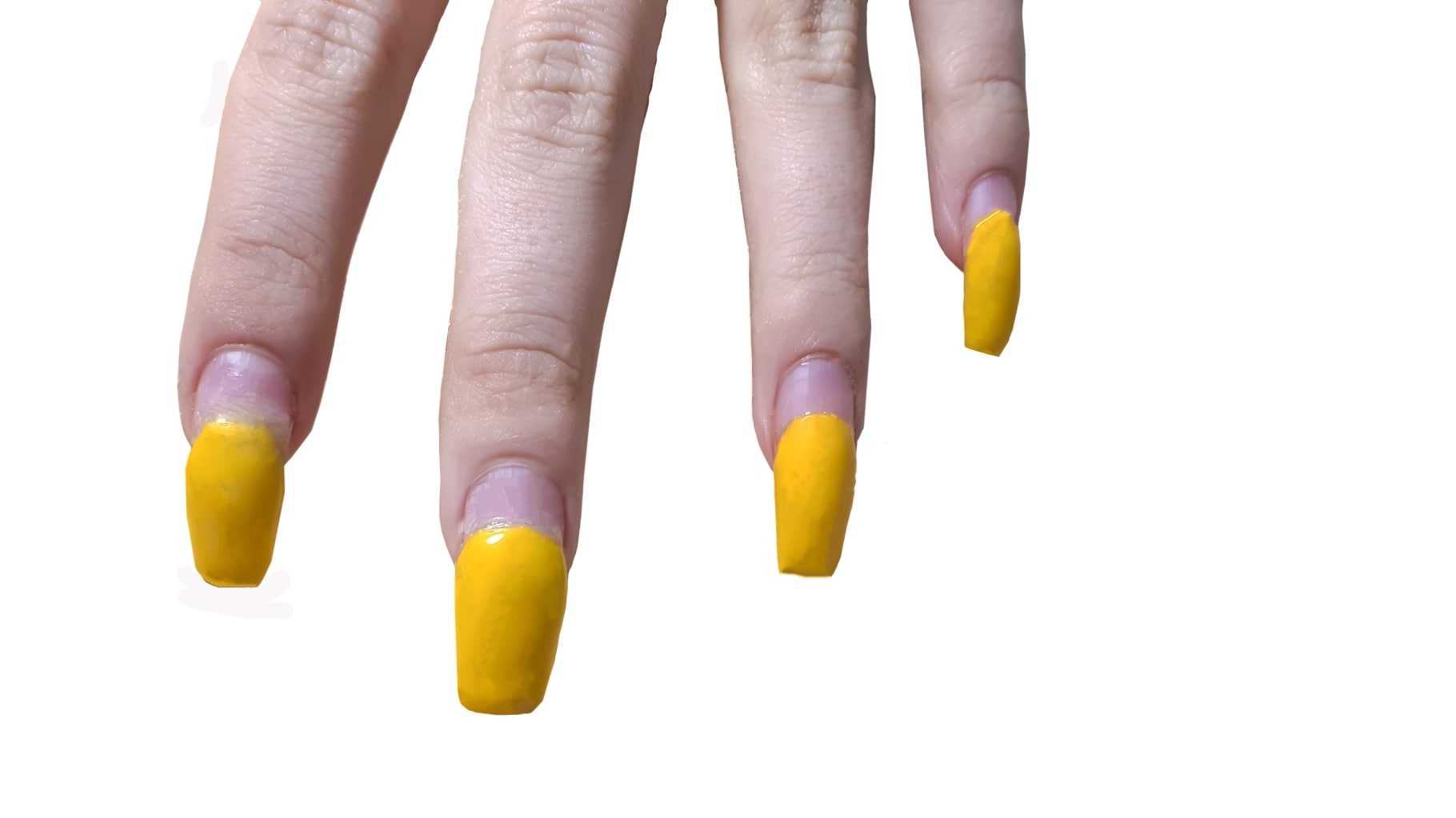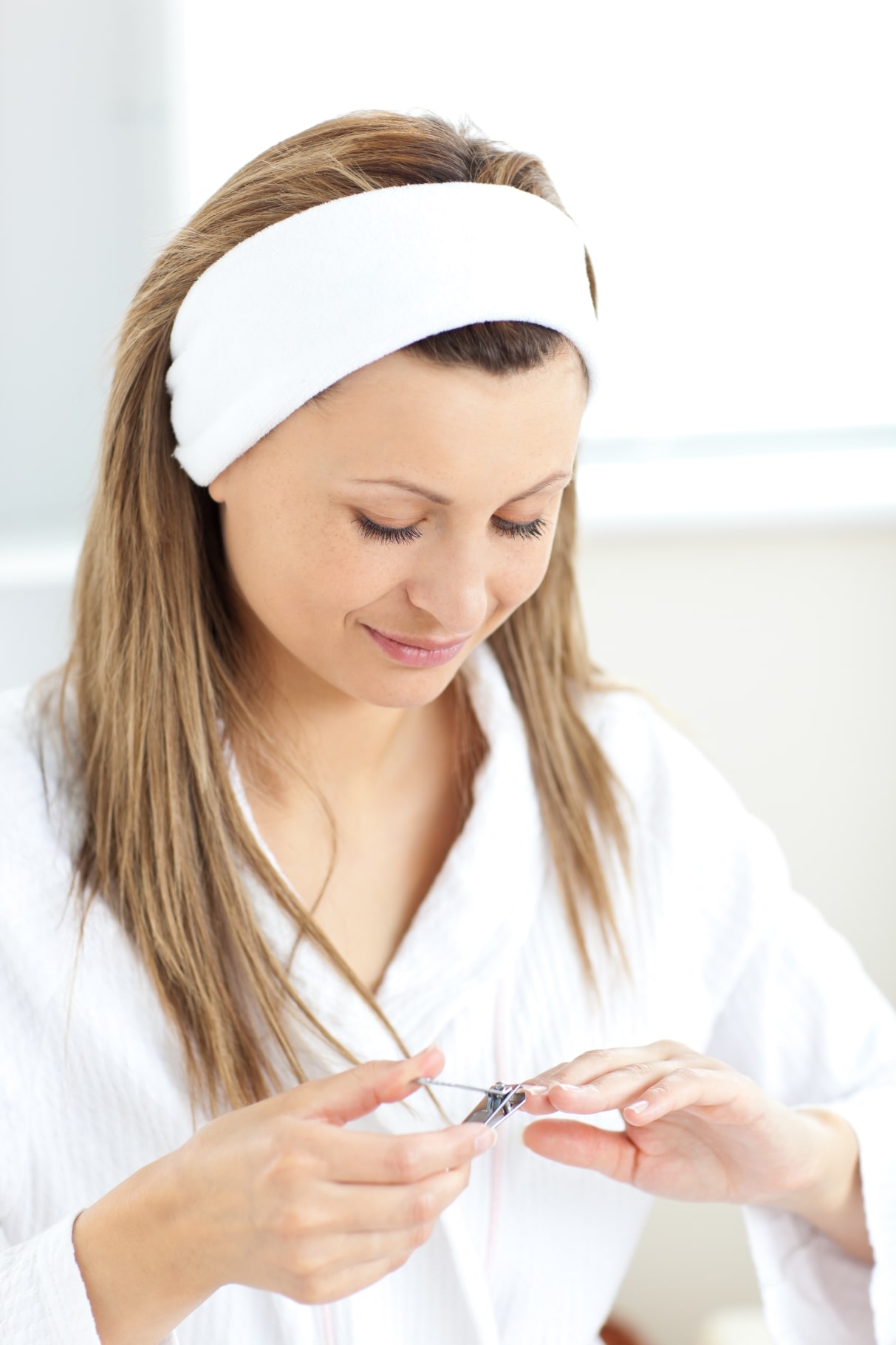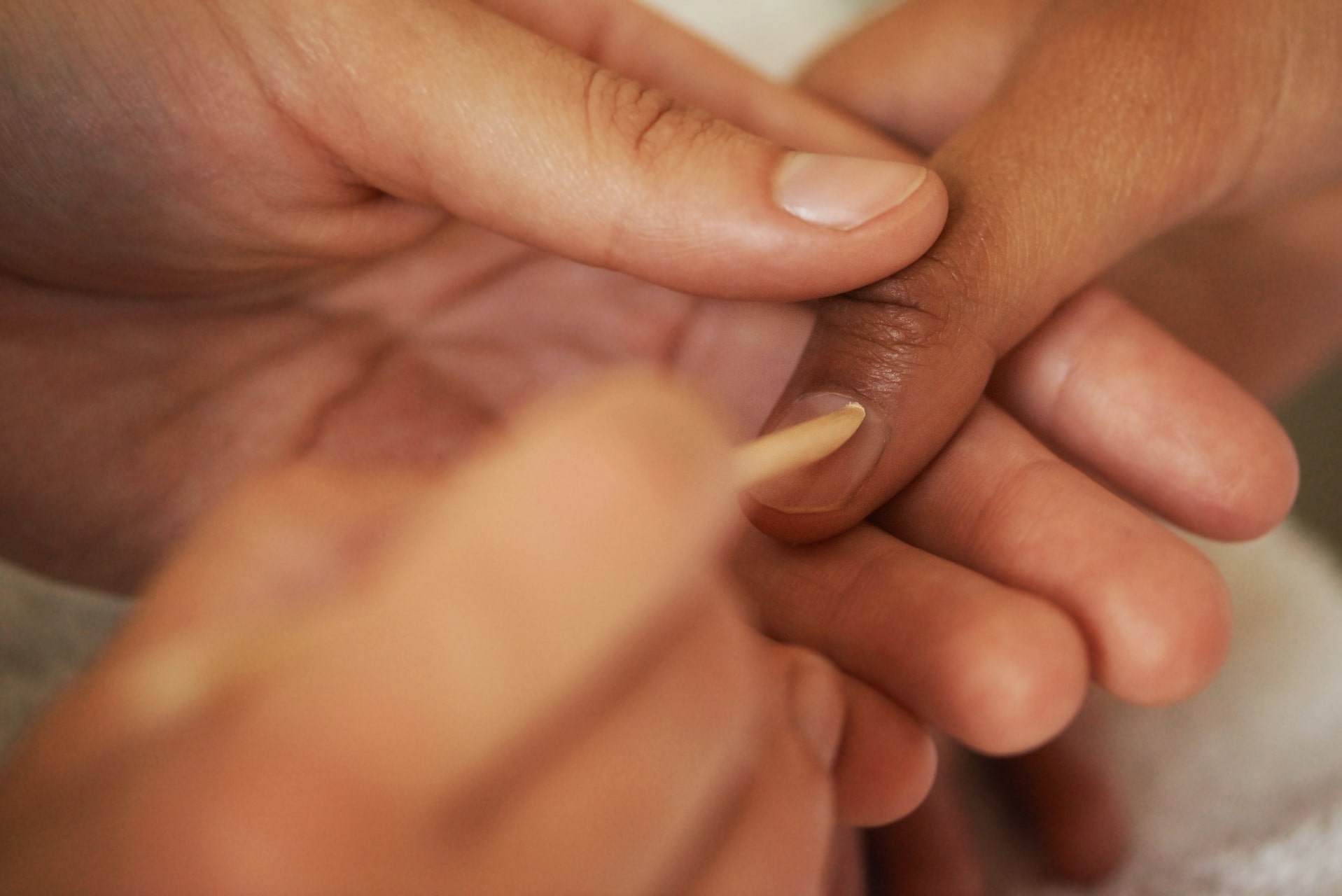When it comes to nail care, especially gel manicures, using the right curing lamp is crucial to achieving a long-lasting, professional finish. UV and LED lamps are the two main options available, but many people wonder: what’s the difference between the two, and which one is better for your nails? Here’s a breakdown of the differences between UV and LED lamps and how they affect your manicure.
How UV and LED Lamps Work
Both UV and LED lamps cure gel polish by emitting light that activates photoinitiators in the gel, hardening it to create a durable finish. However, the type of light each lamp emits and how they cure the gel differs.
- UV Lamps: UV lamps emit a broad spectrum of ultraviolet light, which can cure all types of gel polishes. These lamps have been used for years in salons and are versatile, but they tend to have longer curing times, typically around 2-3 minutes per layer.
- LED Lamps: LED lamps, on the other hand, emit a narrower spectrum of light that specifically targets the photoinitiators in LED-cured gels. This means they cure gel polish much faster—usually in 30-60 seconds per layer. However, LED lamps may not be compatible with some older types of UV-only gel polishes.
Curing Time
One of the most significant differences between UV and LED lamps is the curing time. LED lamps are known for their speed, curing gel polish in a fraction of the time it takes a UV lamp. This makes LED lamps more convenient for those who want to minimize their time spent on manicures.
- UV Lamp: 2-3 minutes per coat
- LED Lamp: 30-60 seconds per coat
If you’re using an LED-compatible gel polish, the LED lamp will save you a lot of time during the curing process.
Lamp Lifespan
Another difference is the lifespan of the bulbs used in these lamps.
- UV Lamps: UV bulbs typically last around 1,000 hours of use before needing replacement. They tend to wear out faster, meaning you’ll need to replace them more frequently.
- LED Lamps: LED bulbs have a much longer lifespan, often lasting 50,000 hours or more. Unlike UV bulbs, they don’t need to be replaced, making LED lamps more cost-effective in the long run.
Compatibility with Gel Polish
While UV lamps can cure all types of gel polish, LED lamps are only compatible with LED-specific gel polishes. If you prefer using a broader range of gel polish brands and types, a UV lamp offers more versatility. However, many modern gel polishes are now formulated to cure under both UV and LED lights.
Safety Concerns
Both UV and LED lamps emit UV light, but the intensity and exposure time differ. Some people express concerns about the potential skin damage from UV exposure during curing, such as premature aging or a slightly increased risk of skin cancer. LED lamps emit lower levels of UV radiation and for a shorter period, which reduces the risk of skin damage. However, it’s always a good idea to protect your hands by applying sunscreen or using UV-protective gloves during curing, especially with UV lamps.
Which One Should You Choose?
- Choose a UV Lamp if: You want versatility and the ability to cure any type of gel polish, including older formulas. However, you should be prepared for longer curing times and more frequent bulb replacements.
- Choose an LED Lamp if: You want faster curing times and a lamp that lasts longer without needing bulb replacements. LED lamps are ideal if you mostly use LED-compatible gel polishes and want to minimize UV exposure.
Both UV and LED lamps have their benefits, and the best choice depends on your needs and preferences. LED lamps are faster, more energy-efficient, and safer in terms of UV exposure, making them a great option for most at-home users. However, if you like experimenting with a wide variety of gel polishes, a UV lamp’s versatility may be more suitable. Regardless of which lamp you choose, ensuring proper use and protection will help you achieve long-lasting, beautiful manicures!




